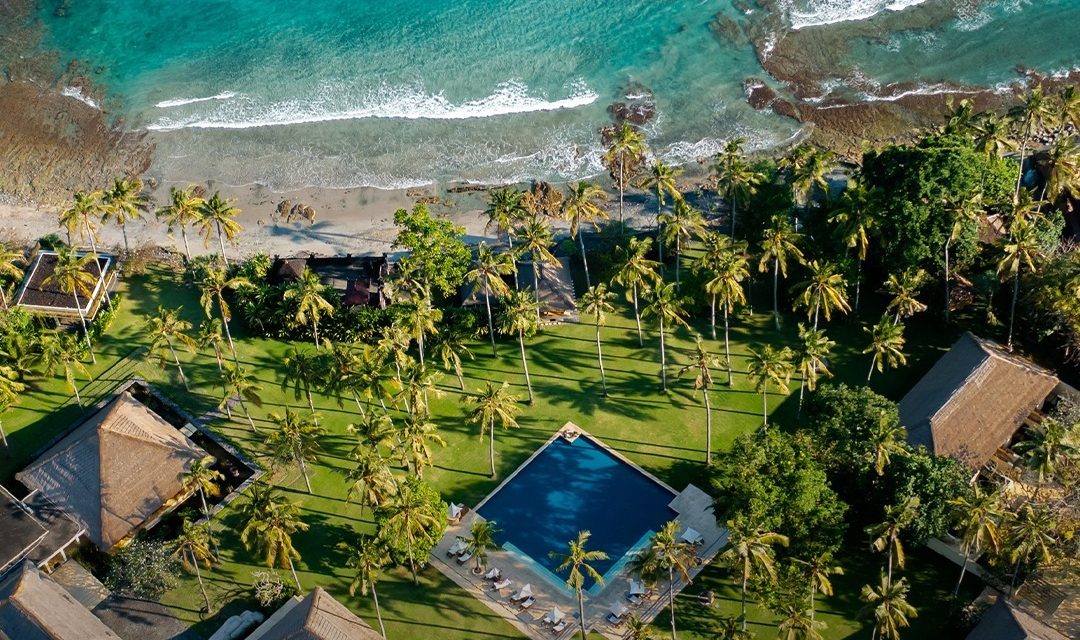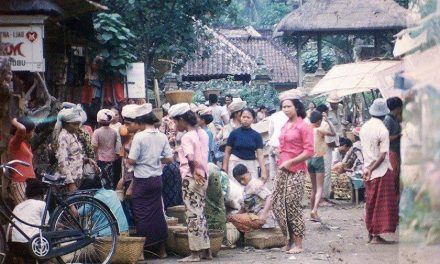Nestled in the vibrant heart of Bali, the Canggu rice fields aren’t just a pretty picture on your Instagram feed; they are a living testament to the rich history and cultural heritage of the region. As a frequent visitor to Canggu, I’ve spent countless afternoons wandering through these lush green fields, reflecting on their significance, both past and present. If you’ve ever stood amidst the swaying stalks of rice, you might find yourself wondering about the stories these fields could tell. Let me take you on a journey through their historical significance, sprinkled with some personal anecdotes and insights that might resonate with you.
The Historical Roots of Rice Cultivation in Canggu
Historically, the rice fields of Canggu, like many across Bali, are not merely agricultural spaces; they represent a time-honored way of life. The practice of rice farming in Bali dates back over a thousand years, with the introduction of sophisticated irrigation systems known as *subak*. This communal approach to farming not only maximized yields but also fostered a strong sense of community among farmers.
I remember chatting with a local farmer, Pak Made, while he was working diligently in his fields. He explained how the cooperative farming system not only helps in managing water distribution but also strengthens social bonds—something that I found fascinating and relatable, especially as someone who values community ties.
Canggu’s Evolution: From Rice Fields to Trendy Destination
In recent years, Canggu has transformed from a sleepy village with rice paddies stretching as far as the eye can see into a bustling hub of cafes, surf spots, and yoga studios. However, the legacy of rice farming still proudly stands. You can drive just a few minutes in any direction and find yourself among fields that have been farmed for generations.
One afternoon, as I strolled through the beautiful emerald green terraces, I couldn’t help but think of the juxtaposition between the past and the present. The sound of a distant surfboard clapping against the waves merged seamlessly with the rustle of rice stalks blowing in the breeze. It was a reminder of how progress can coexist with tradition.
The Cultural Impact of Rice Fields
Rice is more than just a staple food in Bali; it plays a crucial role in the Balinese culture and spirituality. The traditional ceremonies surrounding rice planting and harvesting—the *Melasti* and *Ngembak Geni* ceremonies—are rich in rituals that highlight gratitude towards the land and the gods.
One of my most memorable experiences in Bali was attending a local harvest festival. The vibrant colors of the rice, the rhythmic sounds of gong music, and the delicious aroma of traditional dishes being cooked nearby made for an unforgettable day. It struck me how these fields were not just a source of food but also a vibrant backdrop for community celebrations.
As you explore Canggu, I encourage you to seek out local events or festivals related to rice farming. Engaging with these traditions will not only deepen your appreciation for this agricultural heritage but also provide insights into the cultural fabric of Bali.
Preserving the Legacy
With the rapid development of Canggu into a modern destination, there are concerns about preserving the historical significance of the rice fields. Many locals advocate for sustainable tourism that respects and maintains the agricultural landscape.
During a recent visit to Canggu, I couldn’t help but notice a growing number of eco-friendly initiatives aimed at preserving these rice paddies. Organic cafes and farm-to-table restaurants are popping up, providing tourists with authentic experiences while supporting local farmers.
If you find yourself in Canggu, consider doing your part by supporting businesses that prioritize sustainability. Seek out those that source ingredients locally or promote cultural experiences that connect you directly with the land.
Practical Tips for Visiting Canggu Rice Fields
– Best Time to Visit: The golden hour—just before sunset—offers the most magical light for photographs and is a serene time to experience the fields without the crowds.
– Local Tours: Consider joining a guided rice terrace tour. Local guides often have deep knowledge of the area’s history and can provide valuable insights that enrich your experience.
– Respect the Culture: If you encounter farmers at work, remember that these fields are their livelihoods. A friendly smile or a wave can go a long way. If you want to take photos, it’s always best to ask permission first.
– Stay Hydrated: The Bali heat can be intense, especially during midday. Bring along a reusable water bottle and stay hydrated while you explore.
– Engage with Locals: Take the time to chat with local farmers and residents. You’d be surprised at the stories and wisdom they have to share.
Conclusion
The Canggu rice fields are so much more than just a scenic escape; they are a vital piece of Bali’s history and culture. As you wander through these storied landscapes, take a moment to connect with the roots of this beautiful place—both literally and metaphorically. Whether it’s through the flavors of local cuisine, the sounds of community celebrations, or simply the rhythm of the land, the historical significance of the Canggu rice fields is a treasure waiting to be uncovered. So, the next time you find yourself in Canggu, don’t just pass through the rice fields—immerse yourself in their stories, engage with the community, and appreciate the profound legacy that cultivates both the land and the spirit of Bali.






